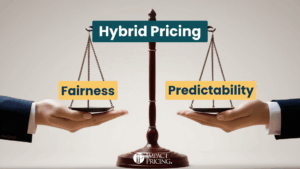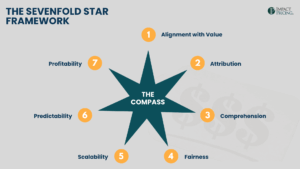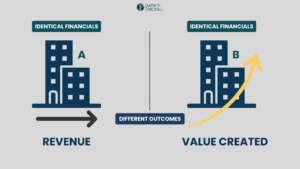Value-based pricing means charging what a customer is willing to pay. Willingness to pay is a function of how much a buyer values your product. If you want to win more deals at higher prices, you need to understand and influence your buyer’s perception of value. How do you do this?
The best answer I’ve seen is a value conversation and how does a buyer value your product.
Let’s start with a couple of important assumptions:
- You know your product well but do not know how much value any single buyer will get from it.
- Your buyer knows their situation well but does not know how much value they will get from your solution.
Given these are true, then it obviously takes both of you working together to determine how much value is really there.
The first step to a value conversation is the right attitude. You are not trying to trick your buyer. You are not manipulating them at all. Instead, you are genuinely trying to help them (and you) determine if there is enough value in solving their problem to be worth the investment you are asking.
A buyer who deeply understands the value of solving a problem is more able to convince their own company to invest. They learn to trust the person and company who helps them. They become more influential because they are looking beyond their own department. There are great benefits to the buyer for learning about value. Your job is to help them.
We will post more about value conversations in the future. If you want to know more, quickly, you can find it in the book, Selling Value: How to Win More Deals at Higher Prices.















